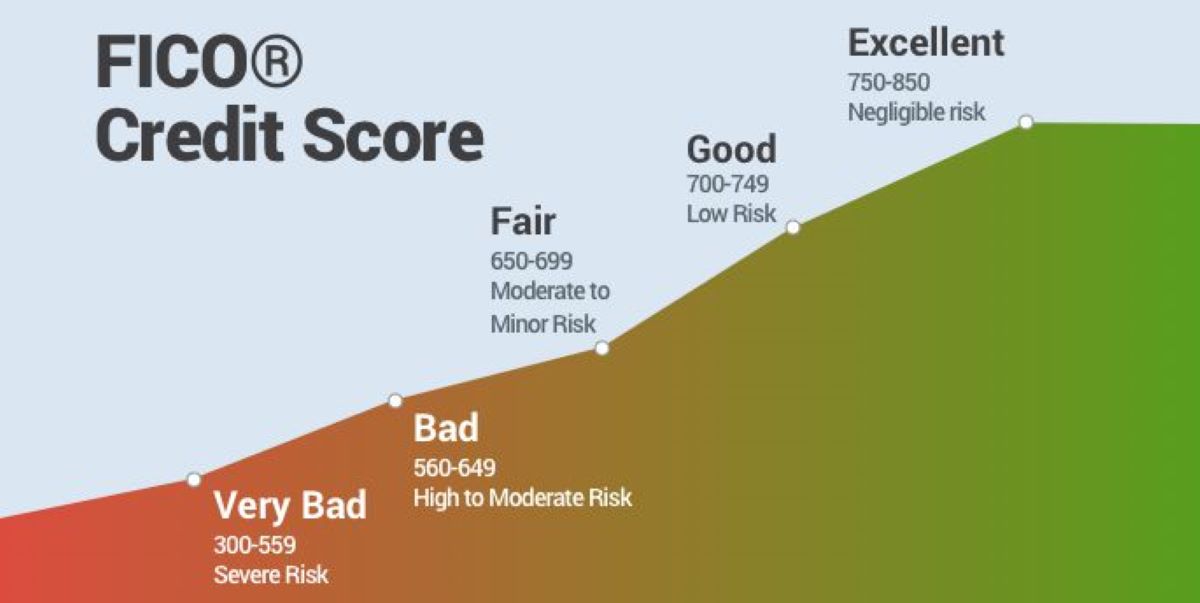Home>Finance>Swap Execution Facility (SEF): Definition, Goal And How It Works


Finance
Swap Execution Facility (SEF): Definition, Goal And How It Works
Published: February 4, 2024
Learn about swap execution facilities (SEFs) in finance, including their definition, goal, and how they work.
(Many of the links in this article redirect to a specific reviewed product. Your purchase of these products through affiliate links helps to generate commission for LiveWell, at no extra cost. Learn more)
The Basics of Swap Execution Facility (SEF)
Are you wondering what a Swap Execution Facility (SEF) is? Look no further! In this blog post, we will dive into the world of SEFs and explore their definition, goals, and how they work. Whether you are a finance enthusiast or someone curious about the intricacies of trading, this article will provide you with valuable insights.
Key Takeaways:
- SEFs are platforms that enable trading of swaps, which are complex financial instruments.
- The goal of SEFs is to enhance transparency, increase liquidity, and promote fair competition in the derivatives market.
Defining Swap Execution Facility (SEF)
A Swap Execution Facility (SEF) is a regulated platform or system that facilitates trading in swaps. Swaps are financial derivatives that allow two parties to exchange future cash flows based on different variables such as interest rates, currencies, or commodities. These instruments provide risk-hedging capabilities and speculative opportunities to market participants.
The development of SEFs is closely tied to the Dodd-Frank Wall Street Reform and Consumer Protection Act, which was enacted in response to the 2008 financial crisis. The Dodd-Frank Act aimed to regulate the over-the-counter (OTC) derivatives market, including swaps, and mandated the use of SEFs for certain types of swap transactions.
The Goals of SEFs
SEFs primarily serve three key goals:
- Enhancing Transparency: SEFs bring increased transparency to the previously opaque OTC derivatives market. By providing public access to pricing, volume, and transaction data, SEFs promote fair competition and allow market participants to make better-informed trading decisions.
- Increasing Liquidity: SEFs create a centralized marketplace for trading swaps, attracting a larger pool of buyers and sellers. This increased liquidity improves market efficiency and reduces transaction costs.
- Promoting Fair Competition: SEFs foster competition among various market participants, including swap dealers, institutional investors, and end-users. This competition ensures a more level playing field, preventing dominance by any single entity and encouraging innovation.
How SEFs Work
SEFs operate as electronic trading platforms where market participants can execute swap transactions. Here is a simplified overview of the process:
- Registration: SEFs must be registered with the Commodity Futures Trading Commission (CFTC) and comply with regulatory requirements.
- Order Book: Buyers and sellers enter orders to buy or sell swaps on the SEF’s electronic platform.
- Matching: The SEF matches buy and sell orders based on specified parameters such as price, quantity, and maturity.
- Execution: Once orders are matched, the SEF facilitates the execution of the swap transaction between the counterparties.
- Reporting: SEFs are mandated to report trade details, including price, volume, and participant information, to regulatory bodies.
It’s important to note that SEFs operate alongside other trading venues, such as futures exchanges and bilateral trading platforms. Market participants have the flexibility to choose the most suitable platform based on their trading requirements.
In Conclusion
Swap Execution Facilities (SEFs) play a vital role in the regulation of the derivatives market. By enhancing transparency, increasing liquidity, and promoting fair competition, SEFs contribute to the overall stability and efficiency of the financial system. Whether you are a market participant or someone interested in understanding the complexities of trading, having a grasp of SEFs is essential. We hope this article has provided you with valuable insights into the world of SEFs and their significance in the finance industry.














